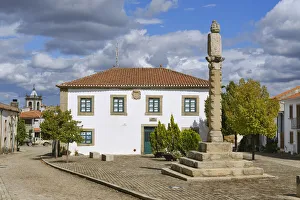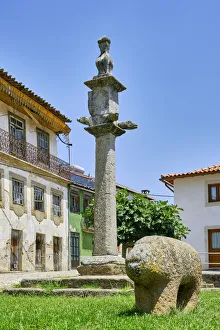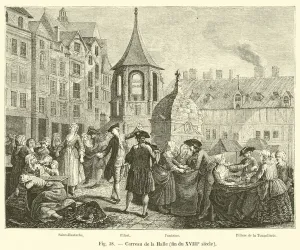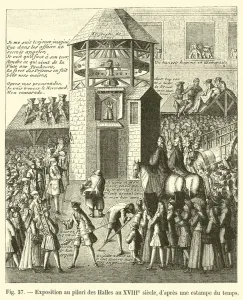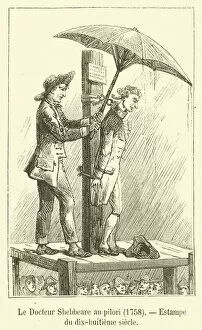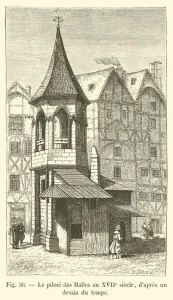Pilori Collection
"Pilori: A Symbol of Authority and Public Shaming in History" In the 15th century
All Professionally Made to Order for Quick Shipping
"Pilori: A Symbol of Authority and Public Shaming in History" In the 15th century, the Convento de Jesus (Jesus Convent) designed by architect Diogo stood as a magnificent testament to religious devotion. However, it was not just its architectural beauty that caught attention but also the stone pilori standing proudly in Algoso's main square. This pilori served as a symbol of municipal authority, representing justice and punishment. Tras-os-Montes, Portugal boasts another notable structure called Torre de Dona Chama. Amidst its historical significance lies an intriguing connection to the pilori. The Carreau de la Halle from the late 18th century depicts an engraving showcasing this emblematic pillar of power. Throughout history, various engravings have depicted scenes involving the pilori. One such image portrays an exposition at Les Halles during the 18th century, capturing public humiliation through this instrument of shame. Another engraving showcases Dr. Shebbeare enduring his time at the pilori in 1758. The Abbey of Saint Germain des-Pres around 1520 witnessed many events unfold under its watchful eye – including encounters with this infamous pillar. Similarly, a drawing from that era illustrates how Les Halles' pilori played a significant role during France's seventeenth-century society. Beyond these depictions and historical references lies Quasimodo AU Pilorum - perhaps one of literature's most famous associations with this device. Victor Hugo immortalized Notre Dame's hunchbacked protagonist tied to a pillory for all to see. Ultimately, whether found in Portugal or France, engraved or illustrated throughout centuries past – unifying them all is their representation of authority and public shaming within society’s collective memory – forever etched into history alongside these iconic structures like Convento de Jesus designed by Diogo.


